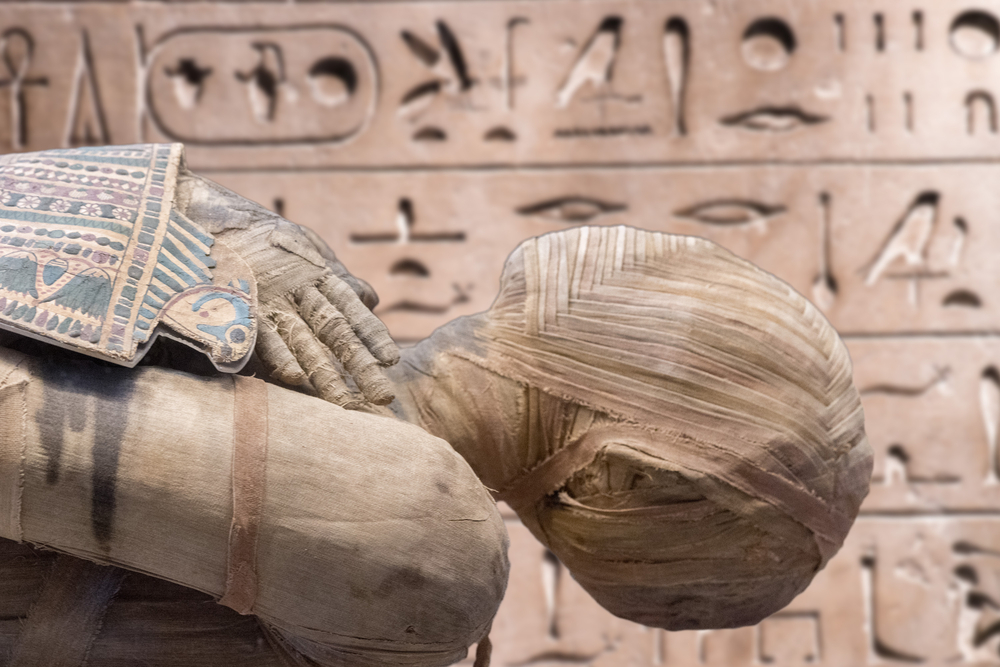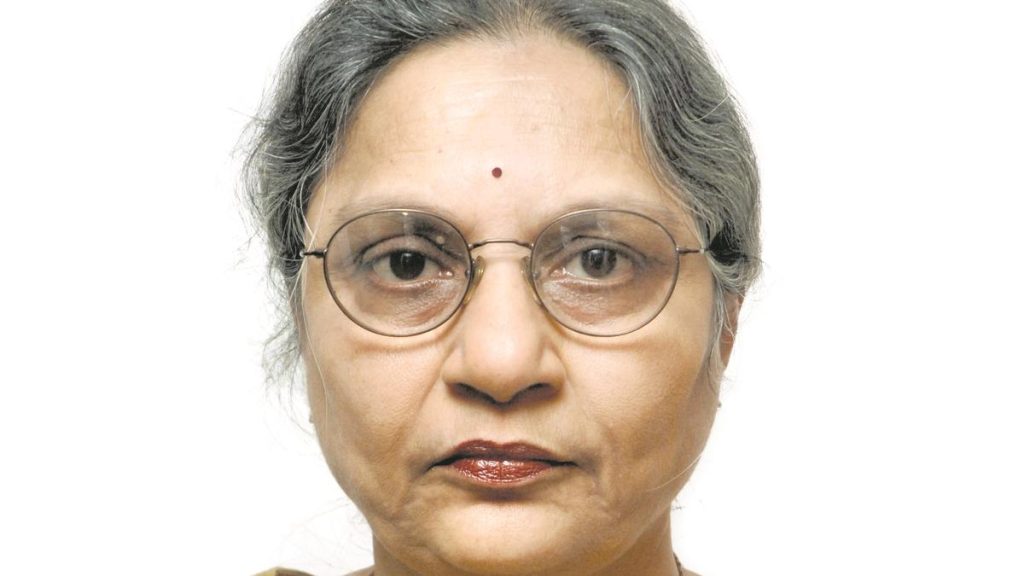Now Reading: Modern Technology Unlocks Secrets of 2,300-Year-Old Bashiri Mummy
-
01
Modern Technology Unlocks Secrets of 2,300-Year-Old Bashiri Mummy
Modern Technology Unlocks Secrets of 2,300-Year-Old Bashiri Mummy

Quick Summary
- In 1919,Howard Carter,an Egyptologist famous for discovering King Tutankhamun’s tomb,reportedly found a mummy in Luxor’s Valley of the Kings called the Bashiri Mummy or “Mummy of Pacheri.”
- The Bashiri Mummy was uniquely embalmed and wrapped in a decorative manner that no researcher has dared to unravel due to fear of damage.
- Modern X-ray and CT scans reveal the mummy belongs to an adult male from the Ptolemaic Era (305 BCE – 30 BCE) who stood approximately 5.5 feet tall.
- the ornate sarcophagus featured inscriptions and symbols such as Anubis, Isis, Nephtys, and other significant funerary imagery.
- Scans suggest either “pacheri” or “Nenu” may be inscribed on it but remain inconclusive.This hints at high societal status but leaves much undiscovered about his life.
- Previously damaging practices like unwrapping mummies have been replaced by non-invasive technologies like radiology, allowing respectful investigations.
Indian Opinion Analysis
The finding and study of the Bashiri Mummy underscore how technological advancements have revolutionized archaeology by enabling more respectful methods that preserve ancient heritage. For researchers in India as well-home to archaeological treasures such as Indus Valley artifacts-leveraging cutting-edge tools like CT scanning can allow better study without destructively disturbing historical remnants.Additionally, this case exemplifies how global historical legacies continue unveiling their mysteries centuries later under ethical research practices. It serves as a reminder for nations such as India to prioritize conservation alongside exploration while avoiding exploitation akin to colonial-era missteps-a relevant lesson considering India’s similar encounters with contested heritage artifacts.

























